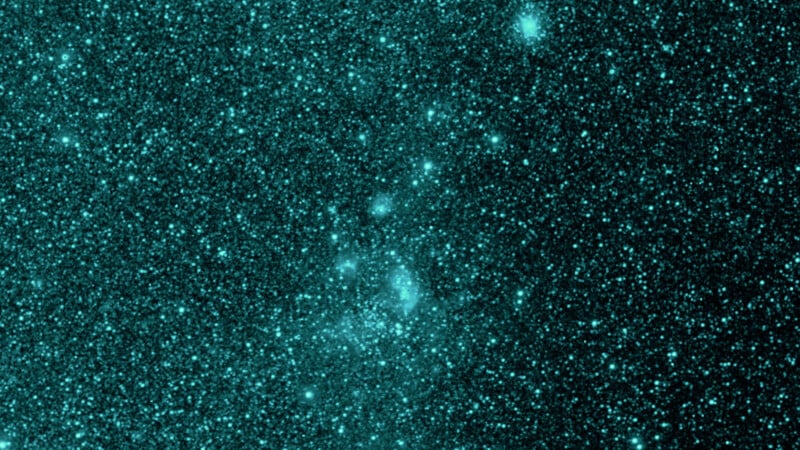SPHEREx Space Observatory Begins Mapping the Entire Sky in 102 Wavelengths of Light
![]()
NASA’s SPHEREx space observatory launched into space in early March and began its scientific operations yesterday, May 1 following weeks of preparation. It is now ready to survey the entire sky with 3,600 daily photos at a time.
Following its launch on March 11, scientists and engineers have spent the past six weeks performing checks, calibrations, and other vital activities on the SPHEREx space observatory to prepare it for its mission to discover new information about the origins of the Universe, galaxies, and the ingredients for life within the Milky Way. SPHEREx will map the entire sky, charting the positions of hundreds of millions of different galaxies and creating a detailed three-dimensional map of the cosmos. To achieve this remarkable feat, SPHEREx will capture around 3,600 every day for the next two years. Yesterday, this ambitious mission began in earnest as a fully-calibrated SPHEREx began its scientific operations.
“Thanks to the hard work of teams across NASA, industry, and academia that built this mission, SPHEREx is operating just as we’d expected and will produce maps of the full sky unlike any we’ve had before,” says Shawn Domagal-Goldman, acting director of the Astrophysics Division at NASA Headquarters in Washington.
“This new observatory is adding to the suite of space-based astrophysics survey missions leading up to the launch of NASA’s Nancy Grace Roman Space Telescope. Together with these other missions, SPHEREx will play a key role in answering the big questions about the Universe we tackle at NASA every day.”

SPHEREx will perform more than 11,000 orbits above Earth during its planned 25-month survey operations, about 14.5 circles around the planet daily. SPHEREx orbits Earth from north to south, passing both poles and captures photos of the sky in circular strips. As days pass and Earth’s position and angle changes, the space observatory’s field of view shifts. After six months, SPHEREx will have looked into space from every direction.
What makes SPHEREx special as a telescope is its infrared capabilities. The observatory features six unique detectors that capture different wavelengths of light. These six groups of images are combined into a single exposure. Since SPHEREx captures about 3,600 separate photos per day across these six detectors, that’s about 600 daily “exposures.”
Hundreds of thousands of SPHEREx’s images will be digitally “woven together” to create four different all-sky maps in two years.

By mapping the entire sky, the mission will provide new insights into what happened in the first fraction of a second after the Big Bang. In that brief instant, an event called cosmic inflation caused the Universe to expand a trillion-trillionfold,” NASA explains.
“We’re going to study what happened on the smallest size scales in the universe’s earliest moments by looking at the modern universe on the largest scales,” says Jim Fanson, the mission’s project manager at NASA’s Jet Propulsion Laboratory in Southern California. “I think there’s a poetic arc to that.”
The distribution of matter throughout the Universe resulted from a diverse range of factors, including cosmic inflation. When cosmic inflation began, NASA explains, the Universe was exceptionally small, even smaller than the size of a single atom. There are echoes of the Universe’s properties when it was this minuscule size, they are just now spread out across billions of light-years. SPHEREx wants to locate these echoes and learn more about the Universe’s earliest, tiniest life.
“Some of us have been working toward this goal for 12 years,” adds Jamie Bock, the mission’s principal investigator at Caltech and JPL.
“The performance of the instrument is as good as we hoped. That means we’re going to be able to do all the amazing science we planned on and perhaps even get some unexpected discoveries.”
SPHEREx is not the first observatory to map the entire sky, but it will be the first to create a map with so many colors. SPHEREx observes 102 different wavelengths of infrared light, all invisible to the human eye. By separating light from distant galaxies into individual wavelengths, also known as spectroscopy, scientists can learn an object’s composition and distance, enabling the creation of a 3D map of the Universe. As for a galaxy’s composition, spectroscopy can uncover chemicals and molecules, maybe even water.
Where there is light in the Universe, no matter how faint or distant, SPHEREx offers humanity’s best chance yet of finding it.
Image credits: NASA/JPL-Caltech